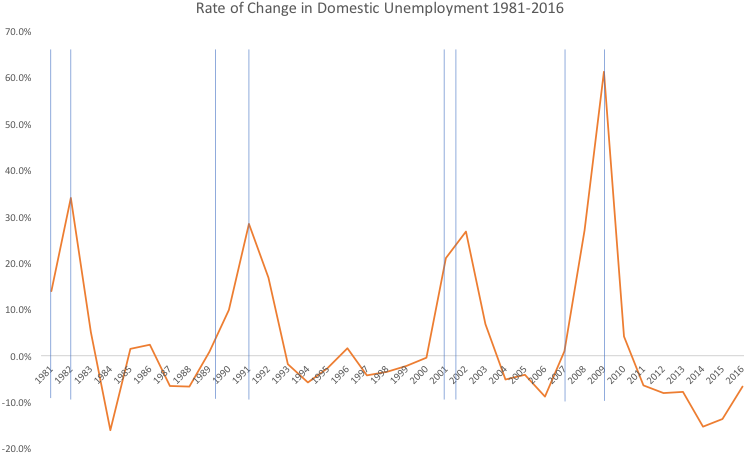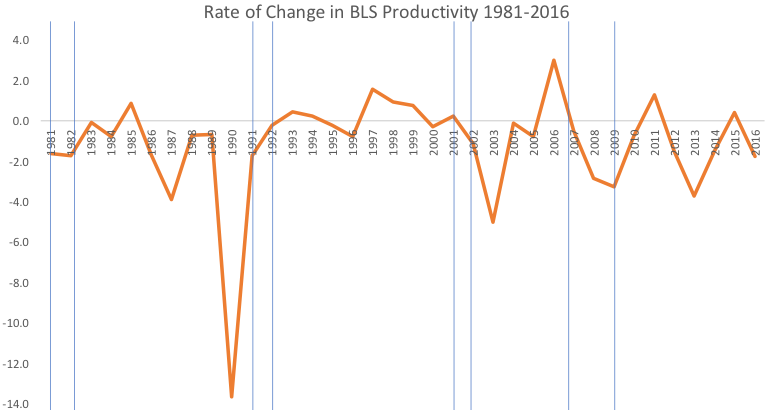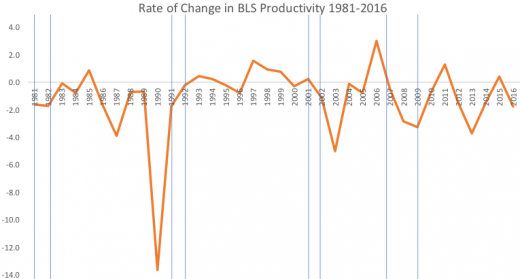Artificial Intelligence in HCM: False Idols and Real Value
— December 17, 2017
The False Idol of AI
At the 2017 HR Technology Expo and Conference, Aberdeen witnessed something startling: Human Capital Management (HCM) technology vendors were downplaying AI as they described how they were catapulting their solution agenda further ahead into the 21st century.
While one of the reasons for this is that the technology is not yet living up to the visions over which Wall Street is hopelessly salivating, the reality is that HCM vendors are not on board with the elimination of people from the workforce. It simply doesn’t jibe with their goals and the way they see the market.
While themes related to machine learning and AI came up in conversations with these technologists, HCM vendors seemed more excited about the way advanced-stage analytics and predictive capabilities rooted in trend analyses were helping people use technology more effectively. In other words, technologists are more interested in how their creations are finally improving labor productivity.
The Incorrect Notion of Technology’s ‘Equal Replacement Value’
When looking at corporate performance figures through the lens of the Bureau of Labor Statistics, technology has hardly been the robust market shock factor that Wall Street expected in terms of rapidly boosting productivity.
In fact, from the 1950s to today, productivity has experienced slow, steady, and mostly linear growth. Despite several hopeful attempts by industry analysts to forecast a logarithmic bump every time new technology came online to improve the efficiency of various business practices, very few bumps have occurred.
These two graphs show the rate of change of domestic unemployment and the rate of change of productivity as reported by the Bureau of Labor Statistics from 1981 to 2016. The blue lines indicate the boundaries of the recessionary periods as defined by the Federal Reserve Bank of the United States.


As Makoto Nakajima of the Philadelphia branch of the Federal Reserve Bank of the United States pointed out in “The Diverse Impacts of the Great Recession,” economic downturns are accompanied by cutbacks in corporate budgets. These cutbacks feed a push for greater certainty in productivity and reductions in spending to cover process errors or operational inefficiency. As David Rotman found in his article entitled “How Technology is Destroying Jobs” (MIT Technology Review, June 2013), such cutbacks lead to a greater adoption of management technology as a way to standardize process outcomes and eventually replace costlier levels of the corporate hierarchy.
In the October 2017 issue of the Harvard Business Review, Jay Shamburgh and Ryan Nunn co-authored “Why Wages Aren’t Growing in America.” In the article, they posit that rising wages should correlate with increases in productivity, but that from the 1970s to today, corporations have stockpiled the financial gains from increased worker effectiveness, spreading the benefit only to shareholders and top-level managers. Taking this to the graphs, there is a strong likelihood that companies sat on fiscal gains to insulate against more frequent bouts of recession as they shifted to managing the balance sheet quarter-to-quarter, rather than remaining focused on investing earnings in long-term developments.
Replacing labor with technology to routinize internal practices may lead to short-term stability, but it stagnates innovation and stunts consumer spending by taking away or diminishing wages. A lack of per-capita spending ability sustains economic slowdowns while retroactive trend analyses contribute to efforts to sustain existing markets without seeking out new ones producing innovations to shock the market or markets. Under this paradigm, replacing technology under the assumption that it provides an equal replacement value for labor is fundamentally false.
Where People Meet Technology: Real Value with AI in Human Capital Management (HCM)
As big corporations continue to go against the modus operandi (MO) of the HCM market, tech vendors are trying to wrench the market back to focusing on enabling people to work better and accrue value for the work they do.
Along these lines, vendors routinely assert that their products and services help to streamline business processes, improve functional efficiency, expand the lexicon of available information in decision-making, and reduce the impact of small inaccuracies that can snowball across an organization. While some of these promised outcomes overlap with the labor replacement concept, they also serve to keep people working toward original goals without getting lost in the details that accompany achieving a greater goal or pursuing a new concept or practice.
This means that HCM vendors are pushing back against Wall Street. From the technology perspective, these vendors are focusing on developing concepts in AI and machine learning to adapt technology to the way individual humans actually work. While Wall Street is focused on winning the play, quantifying the balance sheet, and removing the risk posed by human non-conformity to business practices, technologists are instead focused on winning the game by approaching the interaction of people and technology in a way that will optimize the best of what both bring to the table.
HCM vendors today are increasingly less interested in how their technology can replace people – i.e., “save money” – and instead are growing more interested in how technology can deliver a rapid and positive return on investment (ROI) by enhancing human-enabled business processes.
Emerging markets in AI are already creating new opportunities in employee learning and development while simultaneously improving accuracy in project and performance analyses to determine the proper magnitude and direction of rewards, bonuses, and promotions.
In learning and development, for example, AI is helping managers break down employee growth objectives to calibrate the investment they need to make in individual skills development. The aggregation of learning building blocks is making learning content more consumable, thus reducing the cost per unit. At the same time, AI is making it possible to “form-fit” learning modules to employee needs, making learning more effective by going beyond basic parameters such as content delivery type and subject matter.
In workforce management, time and attendance, and workforce analytics, AI is helping employers think about time in more ways than simply the time-value of money. Under this paradigm, AI allows employers to more smartly allocate time to tasks and objectives, to measure project task completion rates in order to calculate average “times-to-complete” those tasks, and to optimize how time spent impacts long-range corporate deliverables.
In both cases, AI is pulling in the environmental components that affect labor performance in order to direct task management to those regions of the workday, workplace, and workforce with the aim of making the organization more functional, efficient, and focused.
The real value of AI does not reside in its potential for replacing the human workforce. Instead, its value lies in improving the efficiency of task management, allowing employees to remain focused on building the organization’s next big innovation.
Image Source (Public Domain): Many Wonderful Artists.
Business & Finance Articles on Business 2 Community
(41)


